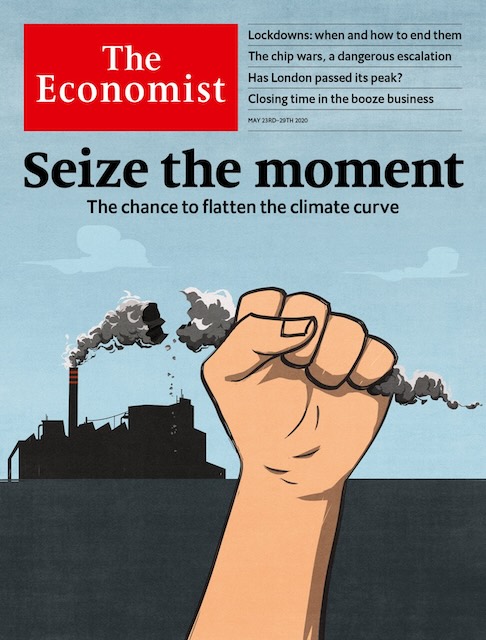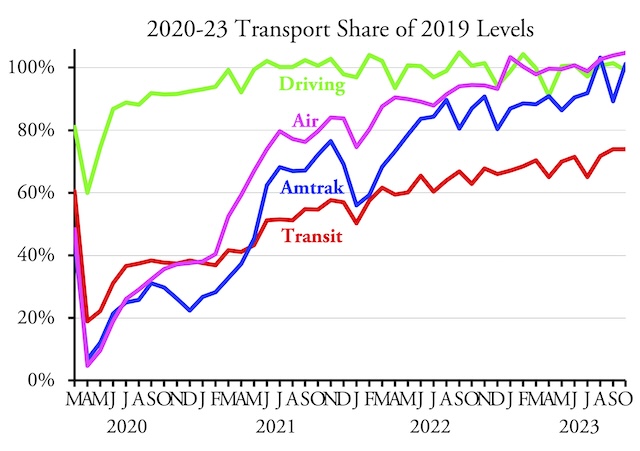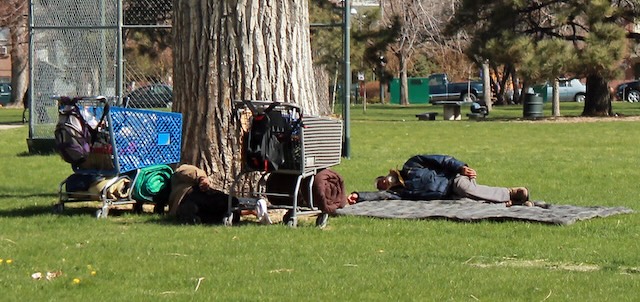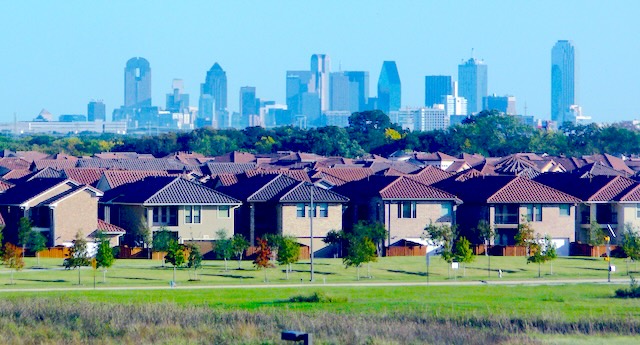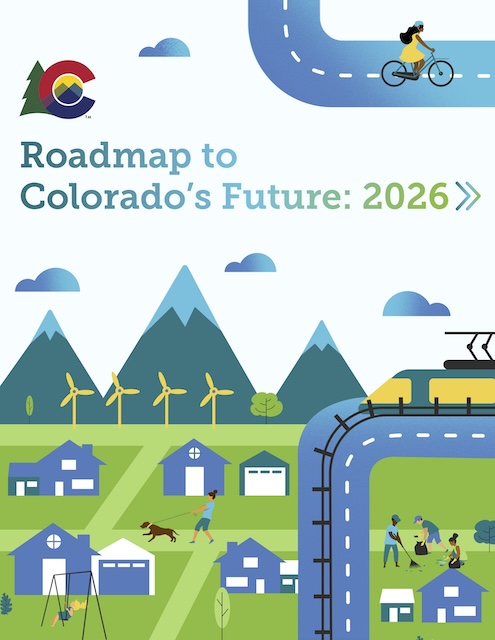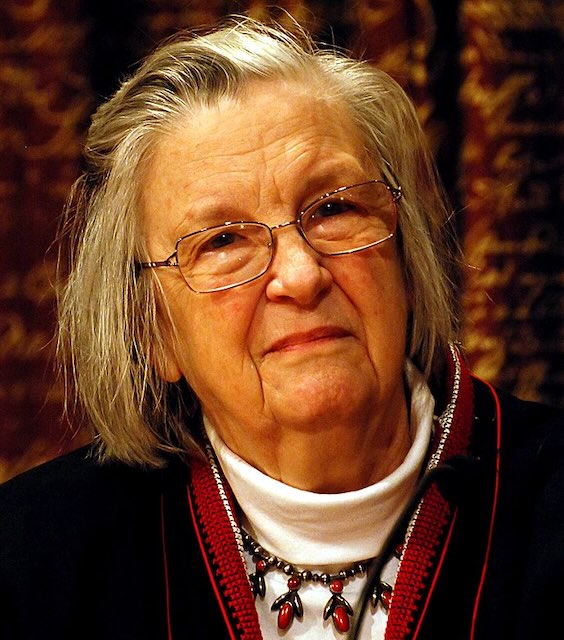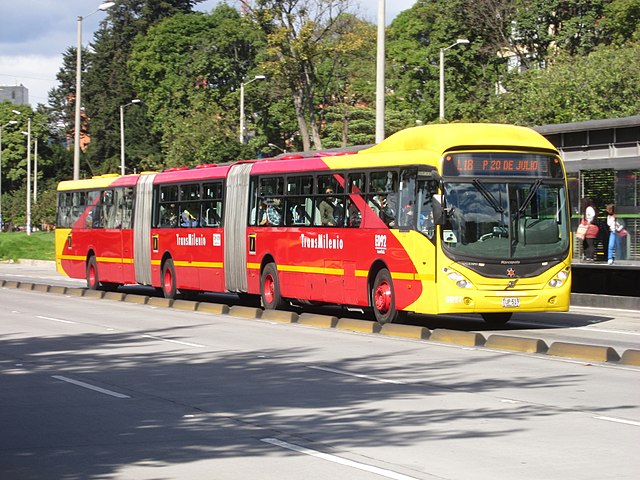Smokey the Antiplanning dog joins the Antiplanner and other members of the Antiplanning family in wishing you a safe and happy holiday and a wonderful new year.
Smokey was born near Austin, Texas and was reliably judged to be the cutest dog in the world by some young girls I met in an Austin park in 2011. He is still pretty handsome and it is hard to believe he has been with us for 12 years. Continue reading


